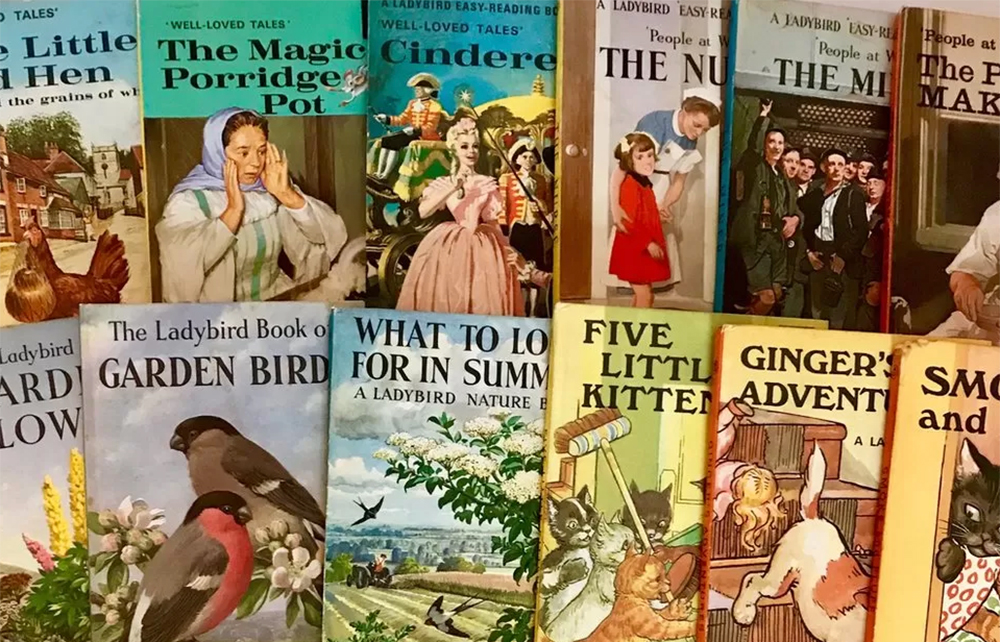Visiting my family’s house, now inhabited by my sister, the other day, I dug out the heart of my childhood library, my Ladybird Books. They were the only books I bought with my pocket money when I was a small boy. Each short, well-produced hardback cost half a crown (12.5p). I got one old penny for each year of my age. So when I stopped buying Ladybirds at the age of 12, I was laying out two and a half weeks’ earnings on them. Rereading them now, I see how much they excited my imagination. Perhaps because of their link with childhood, they read well at Christmas.
There were many different types of Ladybird books – ones about the farm, or travel, for instance – but the ones I liked the best were called ‘Adventures from history’. The first, published in the year of my birth, 1956, was King Alfred the Great. Usually, they concerned a single historical figure – Florence Nightingale, Captain Cook, Robert the Bruce etc. The format was unvarying, and powerful: a page of text on the left talking to a full-page colour illustration on the right. It is the pictures that have the most Proustian effect of recall – Harold tricked by William into swearing unwittingly over sacred relics; Captain Oates going out into the blizzard; grim Civil War Puritans scowling at maypole dancers. The artist was John Kenney, of whom I know nothing. But the text is powerful too – tightly written, narratively strong and capable of explaining quite grown-up things simply. Monopoly, for example (apropos of Sir Walter Raleigh’s woollen cloth export), is rendered: ‘In those days men were rewarded by being given the right to sell something which no one else was allowed to offer.’ The author of all my books was L. du Garde Peach.








Comments
Join the debate for just £1 a month
Be part of the conversation with other Spectator readers by getting your first three months for £3.
UNLOCK ACCESS Just £1 a monthAlready a subscriber? Log in